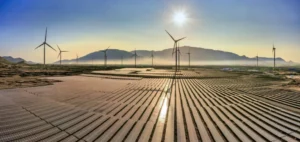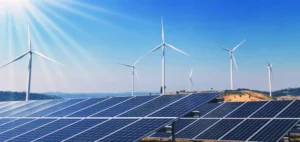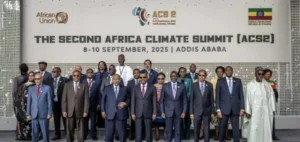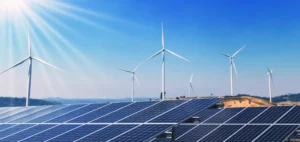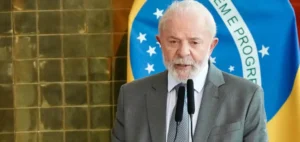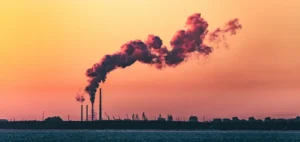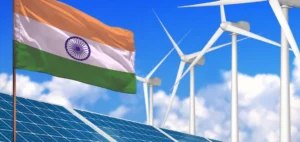China must set a “strong but achievable” goal to reduce emissions by at least 30% by 2035, according to a report published by the Centre de recherche sur l’énergie et l’air pur (CREA), a think tank based in Helsinki. Other signatory countries of the Paris Agreement on climate have until February 2025 to update their “nationally determined contributions” (NDCs), which describe their plans to reduce CO₂.
Emission Reduction Targets for China
CREA estimates that China can achieve this goal by maintaining its investments in renewable energy and limiting electricity demand. Currently, the country has committed to stabilizing its carbon emissions by 2030 and achieving carbon neutrality by 2060.
China’s Current Strategies and Commitments
In order to meet the commitments made during COP21 in Paris in 2015, Beijing must reduce its emissions related to the electricity sector by at least 30% by 2035, the think tank estimates. It must also reduce emissions from the industry by a quarter and set an objective to reduce emissions other than CO₂ by more than 35%, according to this source.
The Challenges of Reducing Industrial Emissions
The country is the world’s largest emitter of greenhouse gases, due to its population of 1.4 billion inhabitants and its status as a manufacturing country with numerous factories. Its upcoming commitments will be closely monitored by the international community.
China’s Global Position on Emissions
The goal of reducing the country’s total emissions by 30% in a decade is achievable according to CREA, which highlights China’s recent trajectory towards decarbonization. The report indicates that current trends in deploying clean energy are favorable for achieving this goal.
Decarbonization Trajectory and Feasibility of Goals
“This is an ambitious goal, as it requires significant emission reductions across all major sectors,” acknowledges Belinda Schaepe, one of the main authors of the report. However, she notes that this goal is achievable if investments in renewable energy continue.
Investments in Renewable Energy and Electric Vehicles
CREA highlights the country’s massive investments in renewable energy, large-scale deployment of hybrid and electric vehicles, and reduction of industrial emissions. These efforts contribute to China’s decarbonization trajectory.
The Role of the Chinese Electricity Council in the Energy Transition
The Chinese Electricity Council (CEC), bringing together professionals in the sector, emphasized that non-fossil energies now represent 40% of the country’s electricity consumption. Their production had increased by nearly 80% compared to 2021.
Experts’ Perspectives and Criticisms on Emission Reduction Goals
“The country is making ‘many significant progress in almost all sectors’,” notes Teng Fei from the Energy Institute of Tsinghua University in Beijing. However, he considers that the measures recommended by the report seem “too ambitious to be achievable.”








